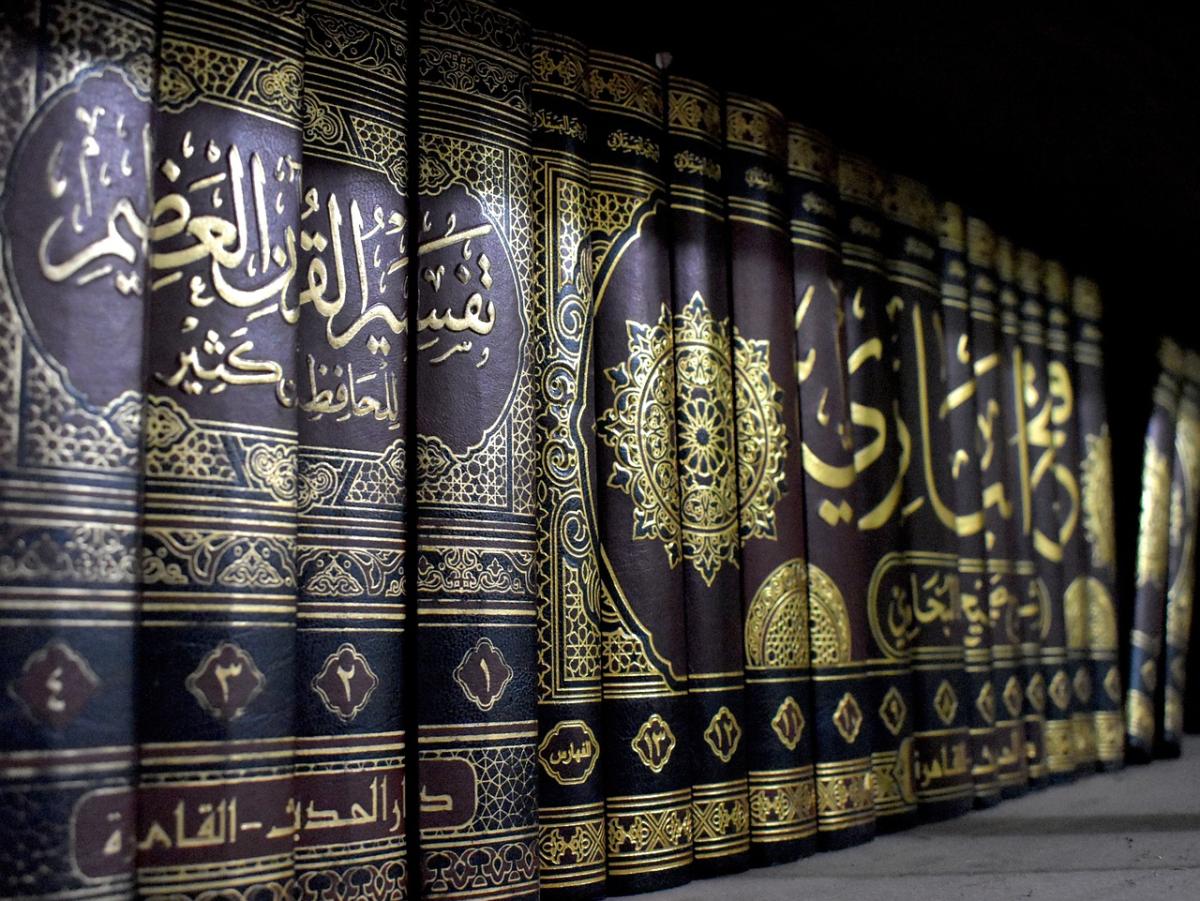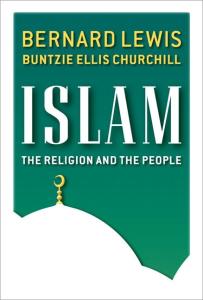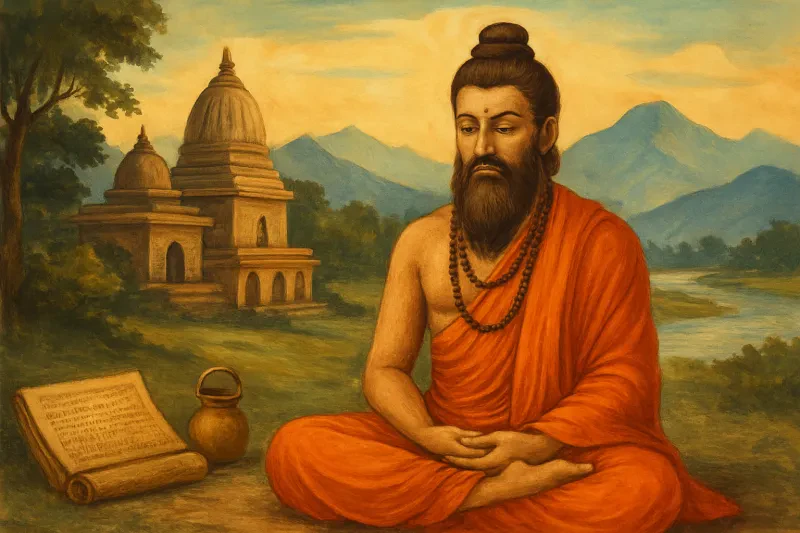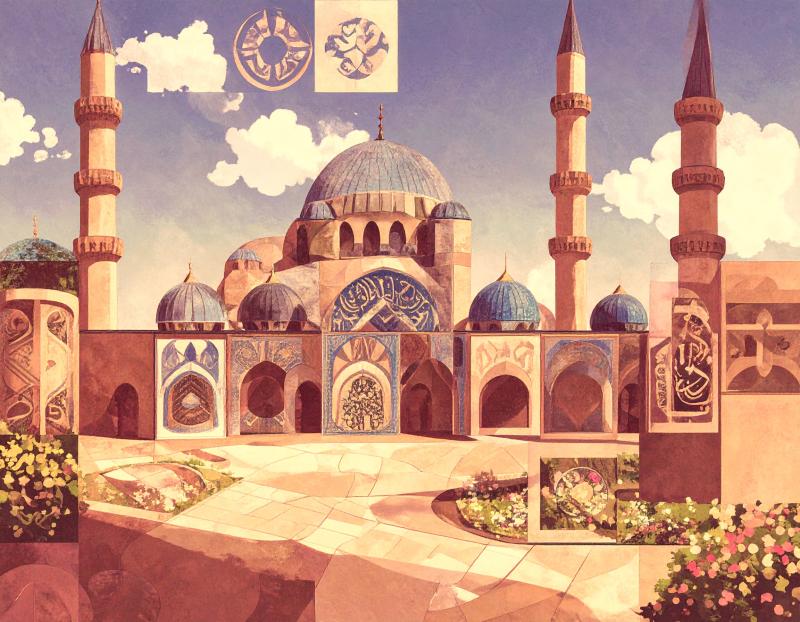If you want to understand the deep culture of Islamic civilization, then two primary texts inform the religion’s theology, rituals, and morals — the Qur’an and the Hadith. The Qur’an is the most well-known Islamic holy book, with the Hadith being less familiar. And yet, the Hadith is just as important, a living bridge to the life and teachings of the Prophet Muhammad. This article will serve as an introduction to the Hadith, delving into its history, function, composition, and impact.
What is the Hadith?
Hadith is derived from the Arabic root meaning ‘communication’ or ‘report’. For the layperson, a Hadith is a historical account of what Muhammad said, did, approved, or disapproved of. These accounts, gathered and relayed by his associates and their disciples, constitute an essential corpus of literature that supplements the Qur’an, providing additional detail and actionable counsel on spiritual existence.
Though the Qur’an was considered divinely revealed and unchangeable, the Hadith was commentary and elaboration — how the Prophet understood, used, and exemplified Qur’anic teachings on a practical level. Hadiths, therefore, operate as both a historical record and a normative guide for Muslim behavior.
The Evolution of Hadith
Collections of the Hadith started to be assembled shortly after the death of the Prophet Muhammad in 632. At first, his companions, the Sahaba, transmitted his words and actions orally. As Islam expanded swiftly through multiple territories, the requirement for verified and normalized instruction intensified. By the second and third centuries of the Islamic era, scholars were engaged in the difficult work of amassing, authenticating, and classifying these reports.
This process was not simple. The early Muslim scholars created elaborate methods to guarantee the genuineness of the Hadith. They examined the trustworthiness of each narrator, they established isnad, or chains of transmission, and they compared the matn, or content, of the reports. The consequence was an enormous Hadith corpus, encoded in 6 canons for Sunnis and four main books for Shi’as.
Among the most renowned compilers were:
· Imam al-Bukhari (d. 870 CE), whose “Sahih al-Bukhari” is widely regarded as the most reliable collection of Sunni Hadith.
· Imam Muslim (d. 875 CE), with his “Sahih Muslim.”
· Abu Dawood (d. 889 CE), compiler of “Sunan Abu Dawood.”
· At-Tirmidhi (d. 892 CE), “Jami’ at-Tirmidhi.”
· An-Nasa’i (d. 915 CE), “Sunan an-Nasa’i.”
· Ibn Majah (d. 887 CE), “Sunan Ibn Majah.”
For Shi’a Muslims, notable collections include:
· Kitab al-Kafi by al-Kulayni
· Man La Yahduruhu al-Faqih by Ibn Babawayh
· Al-Istibsar and Al-Tahdhib by Al-Tusi
The Structure of a Hadith
Each Hadith consists of two main components:
· Isnad – The chain of narrators who transmitted the report from the Prophet to the compiler. Scholars meticulously analyzed each link for reliability, honesty, and accuracy.
· Matn – The actual text or content of the report, detailing the Prophet’s words, actions, or tacit approvals.
An example of a Hadith structure:
“It was narrated from Abu Hurairah that the Messenger of Allah said: ‘The strong person is not the one who throws his adversaries to the ground. Rather, the strong person is the one who controls himself when he is angry.’”
Here, “Abu Hurairah” is a companion who transmits the Hadith, and the message highlights an ethical teaching.
Classification and Authentication
Given the potential for error or fabrication, scholars meticulously classified Hadith into categories based on authenticity:
· Sahih – Sound or authentic. The isnad is unbroken, and all narrators are trustworthy.
· Hasan – Good. Similar to sahih but with some minor weakness in the chain.
· Da’if – Weak. Issues exist in the chain or content, making the Hadith unreliable.
· Mawdu’ – Fabricated. Proven to be invented and thus rejected.
This systematic approach allowed Islamic scholars to sift through thousands of reports and establish rigorous standards for religious practice. The science of Hadith criticism remains one of the most developed disciplines within Islamic studies.
Hadith’s Place in Islamic Life
Hadith is essential for understanding Islam in practice. Though the Qur’an sets out macro directives, the Hadith provides the micro specifics:
Worship: Precise methods for prayer, fasting, charity, and pilgrimage are derived from Hadith reports describing the Prophet’s own acts.
Law: Fiqh, or Islamic jurisprudence, uses Hadith extensively to interpret Qur’anic injunctions and establish rules for marriage, commerce, crime, and social relations.
Ethics: The Prophet’s character traits—kindness, honesty, modesty—are maintained as examples of good behavior.
Spirituality: Numerous Hadiths emphasize the spiritual aspects of belief, such as sincerity, perseverance, and the contemplation of God.
Take, for instance, the well-known Hadith, “Deeds are [to be] judged by motives,” highlighting an emphasis on internal sincerity, something that echoes throughout Islamic spirituality.
Hadith in Everyday Life
Hadiths are cited daily in Muslim communities as inspirations, guidance, and legal precedent. Friday sermons, religious classes, and even informal discussions tap into the wisdom of the Prophet’s teachings.
For example, ahadith like “The best of you are those who have the best manners and character” or “Seek knowledge from the cradle to the grave” promote good conduct and continuous education.
The Prophet’s counsel on kindness to neighbors, mercy to animals, and honesty in trade still resonates with millions.
Controversies and Challenges
Over the centuries, the veracity and use of some Hadiths have been controversial. Some coverage contradicts other coverage, or changes in ethics. Modern scholars still study the Hadith, re-evaluating chains of transmission and content because of historical context.
There have also been splits between Sunni and Shi’a Muslims as to which Hadiths are dependable. However, the common respect for the Prophet’s teachings is the point of common ground.
Preservation and Transmission
Keeping the Hadith has been a grand scholarly endeavor. From oral recitation and memorization, academics had progressed to written anthologies by the third century. Today, Hadith are available in libraries, online archives, and translated volumes around the world.
The science of Hadith criticism, or “Ulum al-Hadith,” continues to be a core scholarly discipline, blending historical investigation, linguistic analysis, and biography.
The Enduring Significance
For Muslims, the Hadith are more than just history—they are a living legacy, guiding prayer, law, culture, and ethics. For non-Muslims, however, the Hadith provides a window into the daily realities, aspirations, and values of a global faith community.
By elevating the lives and example of the Prophet Muhammad, the Hadith continues to inspire believers to excel in character, devotion, and justice.
Conclusion
To encounter the Hadith is to discover the pulse of Islamic tradition. It is a treasury of insight, direction, and belief, maintained through the ages by passionate academics and congregations. If you want to know about Islam’s practices, moral principles, or general outlook, you need to know about the Hadith. In its stories and lessons, the voice of the Prophet Muhammad rings on, calling people to contemplation, to education, to mercy in all times.
Islam: The Religion and the People
by Bernard Lewis and Buntzie Churchill
Product information
Product Review Score
4.9 out of 5 stars
104 reviews



